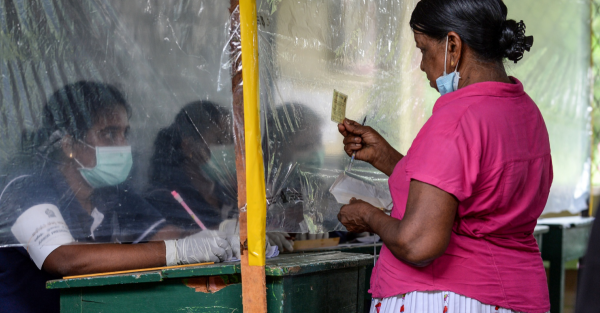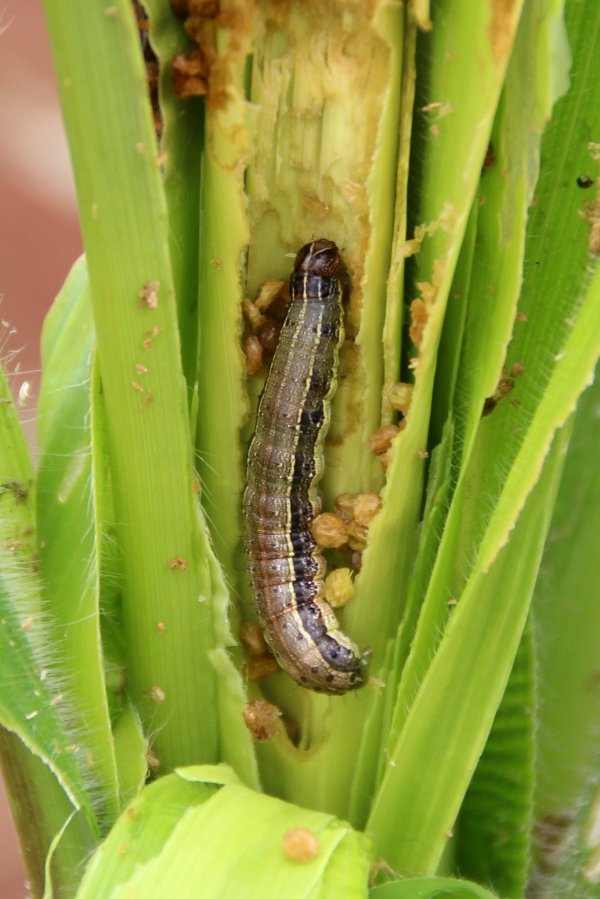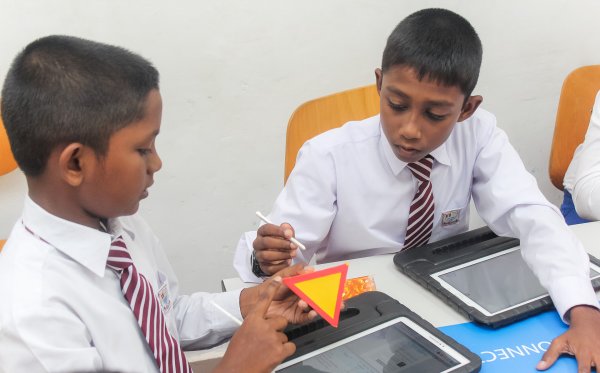
A haunting Test series loss against Australia; a historic series triumph in South Africa; one all-time great T20 spell; abysmal T20 collapses; captains being switched; a bowler being banned; young talent being unearthed; coaches being elbowed out —the Sri Lanka men’s cricket team has careened from precipice to precipice through 2019, awesome on some occasions, abysmal at others, absurd the entire time.
Take the fortunes of Dinesh Chandimal. He was Test captain at the start of 2019, his place in the side seemingly secure, not least because he has more centuries than anyone else, and has maintained a career average of over 40. Following Sri Lanka’s big Test losses in Australia, however, he was dumped from the side, and didn’t make a return until December, against Pakistan. Had he been out of form? Not really.

Or consider Kusal Perera, who in Durban produced a shining 153 not-out in February, to carry Sri Lanka to the most sensational Test victory of the last year. This was an innings of such irrefutable quality that by almost any measure, it is one of the greatest ever. Then, he failed to cross 25 for the remainder of 2019, and was deservedly dropped from the XI for the series against Pakistan.
Contradictions defined the limited-overs formats too. Sri Lanka were expected to flop at the World Cup, having arrived in shocking form— and yet they delivered one of the upsets of the tournament by defeating eventual champions England, before going on to finish the round-robin sixth out of ten. In T20s, an inexperienced side missing the talismanic Lasith Malinga, whitewashed Pakistan in Lahore. But then when Malinga and the seniors returned to the fray, Sri Lanka were crushed 0-3 in Australia, mere weeks later.
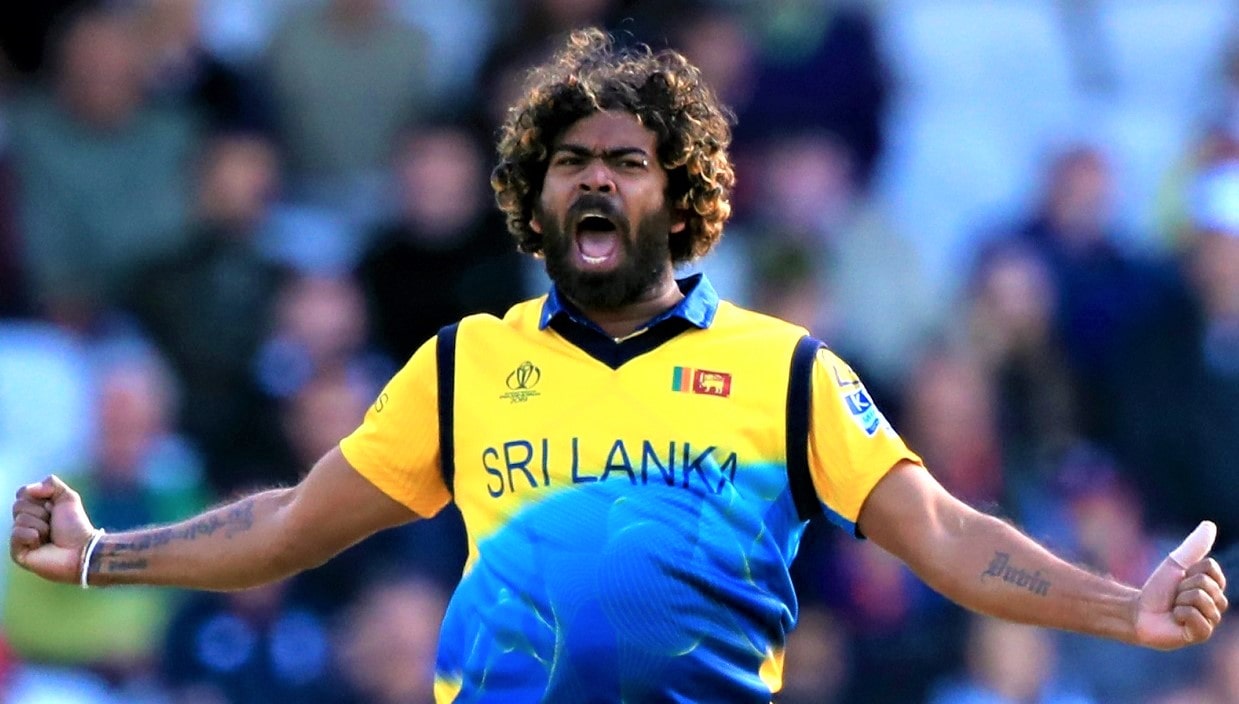
How to make sense of a year that at once delivered so many dizzying highs, and such shocking lows, in such haphazard fashion? There is no sense that this team is building towards a brighter future. What gains were made in 2019, could easily be wiped out during the course of the next two months. And yet there is no saying for sure that this is a team in decline either. Across formats, Sri Lanka now has relatively youthful pools of players. Many of these players are capable of producing exceptional cricket.
The only thing that seems likely is that Sri Lanka will struggle in this year’s highest-profile tournament: the T20 World Cup in Australia, to be held October and November. Their biggest concerns are in limited-overs cricket, where the ageing Malinga’s skill and mastery seem to be the only thing preventing full-blown freefall. But then, even there, who knows? All it could take is two batsmen—the likes of Danushka Gunathilaka, or Niroshan Dickwella, say- to strike a hot vein of form in the weeks preceding the event. On the bowling front, legspinner Wanindu Hasaranga, Kasun Rajitha and Lahiru Kumara could conceivably develop into good white-ball operators.
Men’s Team Record:
Tests: Won 3, Lost 4, Draw 1
ODIs: Won 7, Lost 14
T20s: Won 4, Lost 8
Women’s Cricket
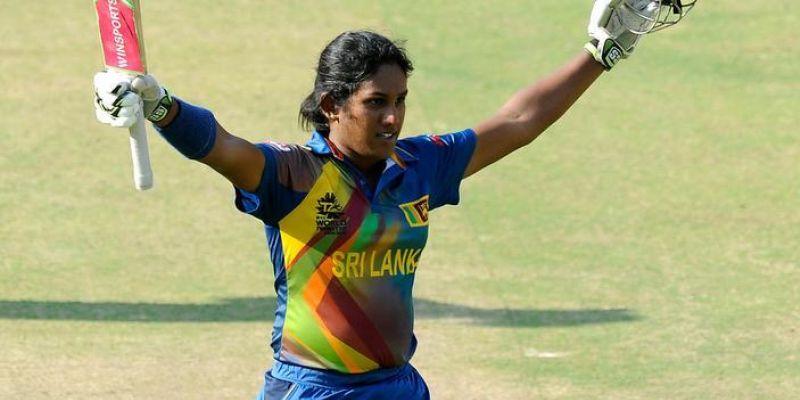
Where at least the men had some heartening victories, the Sri Lanka women’s side endured a hugely deflating year, losing every one of their 18 matches (9 ODIs and 9 T20s), across three tours, against South Africa, England and Australia. Sri Lanka were not expected to win their series against higher-rated opposition, but it was hoped that they would at least be competitive in some of these games. Aside from one T20 in February, when South Africa limped to victory with two wickets and one ball remaining, Sri Lanka were thoroughly outplayed.
That they were also over-reliant on captain and batting talisman Chamari Atapattu could not have been clearer. She topped both the ODI and T20 batting charts for Sri Lanka, hitting a century in each format.
Coaching And Administration
Backroom and boardroom politics were no less chaotic than the team’s on-field fortunes. Sri Lanka began the year under coach Chandika Hathurusingha, who then fell rapidly out of favour with the fickle administrators at Sri Lanka Cricket (SLC), and found himself forced out of his role soon after the team returned from the World Cup. In November, SLC appointed Mickey Arthur (who has previously coached Pakistan, Australia and South Africa) as coach, but his first assignment with the side yielded poor results, with Sri Lanka losing a Test to Pakistan in Karachi by 263 runs.
The board itself, headed now by Shammi Silva, avoided major scandals, but it continued to reject calls for the overhaul of the domestic system, which many, including former stars Kumar Sangakkara and Mahela Jayawardene have been critical of for years. The one concession the board made was to promise to reduce the number of first-class teams from 24 to 20—only a marginal alteration, which critics believe is not nearly sufficient to correct the domestic system’s ongoing decline.
In February, an ICC anti-corruption probe also led to the two-year ban of former chief selector Sanath Jayasuriya from all cricket-related activities. This is after Jayasuriya admitted not only to failing to cooperate with the ICC investigation, but also to tampering with or destroying evidence that may be relevant. The coach of the Sri Lanka A team, Avishka Gunawardene, was also charged with corruption-related offences, though he has strongly denied these allegations.
What 2020 Holds
There are T20 World Cups for both the Men and Women, the latter taking place first, in February and March. On the Test-match front, the men play home series against England (in March) and Bangladesh (in the middle of the year)—those fixtures are vital to Sri Lanka’s World Test Championship hopes.
SLC’s president has also announced the board will host a Lankan Premier League T20 competition, but as the board has aborted several attempts to get a notable T20 tournament off the ground, there is doubt as to whether this event will actually materialise.


